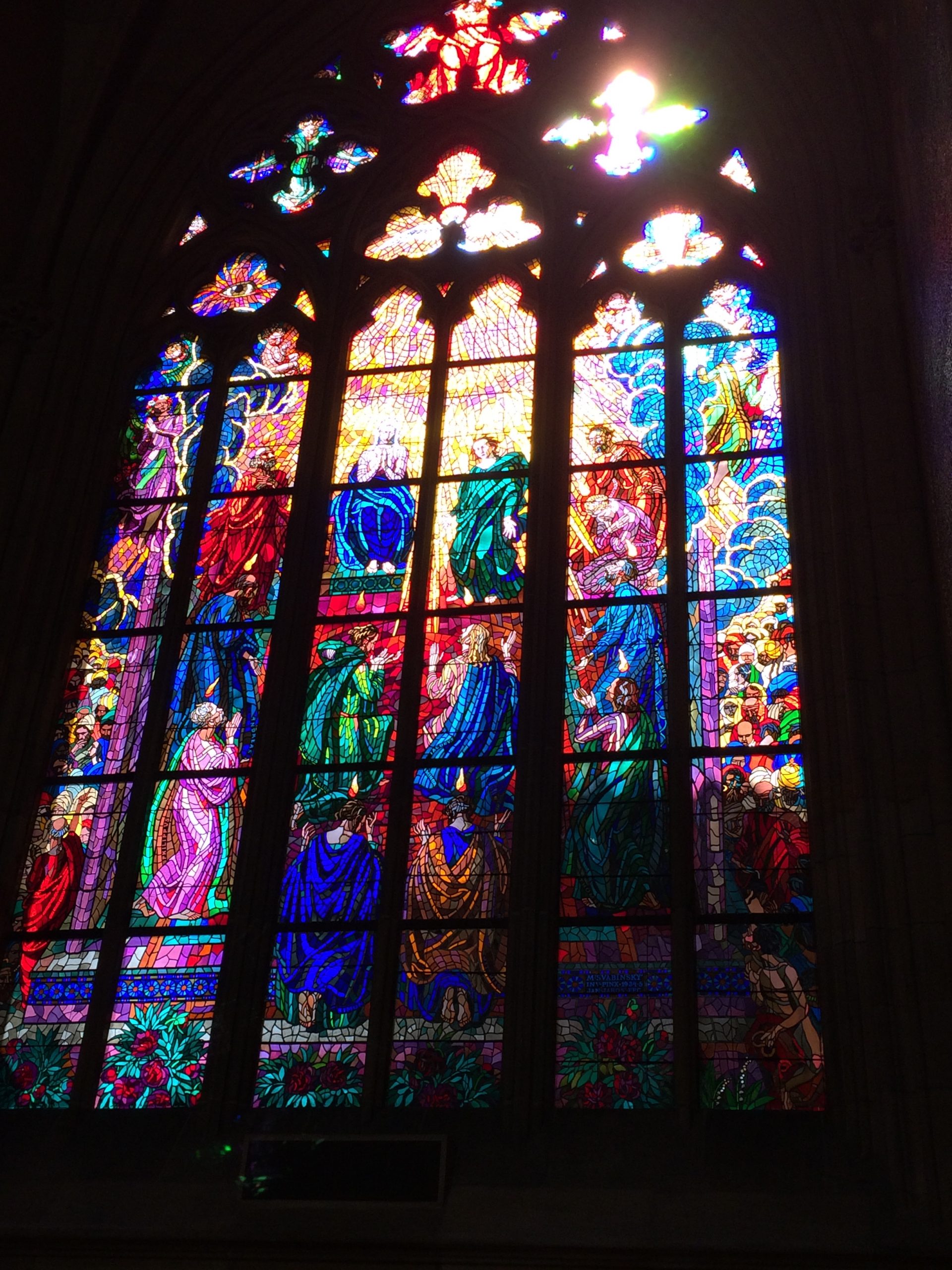Copyright GK Dynamics Inc., All Rights Reserved.

Copyright GK Dynamics Inc., All Rights Reserved.



Religion, royalty, capitalists, and the general public. Can you imagine what this order means?
In my opinion, it refers to how patrons of the arts have changed in history. Arts have always been supported by their sponsors, whose capacities have shifted from one to another in step with the times and people’s sense of value. What’s required for arts changes when their patrons change, which presumably lays foundation for the evolution of expressions.
When it comes to the time length of patronage, religion overwhelms the others. Arts served as a means of praising and communicating religious doctrines. As the religion later failed to maintain its dominance in society, arts came to assume different roles than before, shifting its focus to critical powers. Gods were replaced by human reason as the driving force of the world, resulting in the emergence of the progressive view of history. People started to place higher values on the power of criticizing the status quo for making progress. This may be the origin of modern arts that aim to cast doubt about people’s common sense in an attempt to abolish what they commonly believe. In tandem with this role of arts that criticize the status quo and lead the way to the next generation, design takes on the role of providing concrete forms to the intangible concepts of arts.
However, as the meanings of design continue to expand, its criticizing power as indicated in the term “speculative design” can be included in the category that arts have traditionally belonged to. We often hear people say designers are not artists. But that doesn’t mean designers are spared from giving their thoughts on arts.
Takuji Watanabe
CMFG Design Dept.
Senior Director